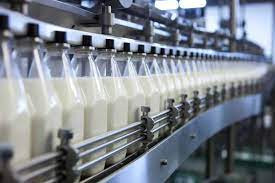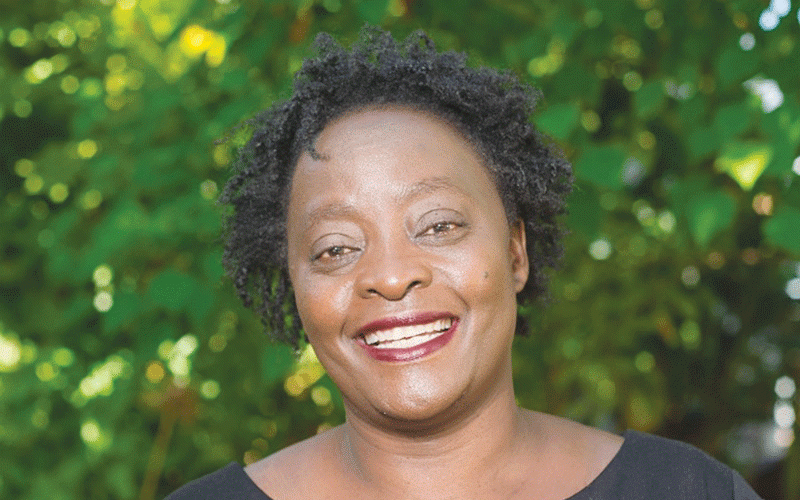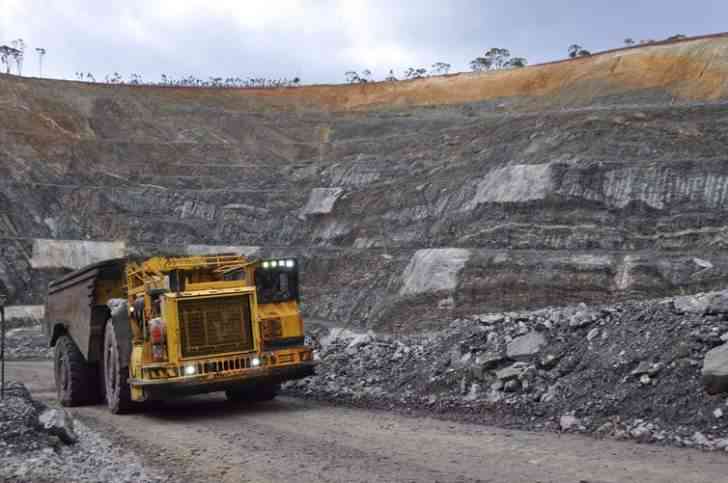
THE Zimbabwe Association of Dairy Farmers (ZADF) is projecting a rise in milk production in 2025 despite ongoing challenges and the impact of El Nino weather conditions last year.
The positive outlook follows a strong performance in 2024, when the dairy sector maintained steady production levels despite adverse climatic conditions that disrupted agricultural activities nationwide.
However, issues such as high production costs, erratic weather patterns and outdated infrastructure continue to hinder the industry’s regional competitiveness.
In an interview with NewsDay Business, ZADF national chairperson Edward Warambwa highlighted the resilience of the sector and its commitment to grow further.
“Regardless of the El Niño weather conditions, the 2024 milk production is in line with the 115 million-litre target set for the year. We are expecting milk production to continue on a growth trend in 2025. The projections are being discussed with industry players and will be released by the end of January,” he said.
Despite this progress, the dairy industry is weighed down by high feed costs, which account for 70% of production expenses.
Further, limited access to quality nutrition, aging infrastructure, erratic power supply and illegal dairy imports are additional obstacles that threaten the sector’s growth.
“Dairy farming thrives on an uninterrupted cold chain and power cuts directly impact operations. Coupled with the cost of energy and unfair competition from illegal imports, these factors strain the industry’s viability,” Warambwa said.
- Need for transparency on The fears of the Hlengwe-Xangani ethnic group commonly referred to as the Chilonga community are not unfounded issue
- Hebrew Scriptures: Jews from Ukraine who changed the world
- Need for transparency on The fears of the Hlengwe-Xangani ethnic group commonly referred to as the Chilonga community are not unfounded issue
- Hebrew Scriptures: Jews from Ukraine who changed the world
Keep Reading
To tackle these challenges, ZADF is advocating for government policies aimed at reducing production costs and protecting local farmers from illegal imports.
The association said dairy farmers must produce their own feed as a cost-saving measure to improve operational efficiency.
“ZADF has strengthened its partnerships with universities, research institutions and government agencies to enhance breeding programmes, nutrition and disease control,” Warambwa said.
Additionally, extension services and regular training sessions are being conducted to equip farmers with the skills needed to boost productivity.
“Continued support is critical to addressing key challenges and ensuring the sector remains on its growth trajectory,” Warambwa said.
As the industry awaits final projections for 2025, ZADF is confident that collective efforts and innovative solutions will sustain the momentum built in recent years, paving the way for a stronger and more competitive dairy sector.











